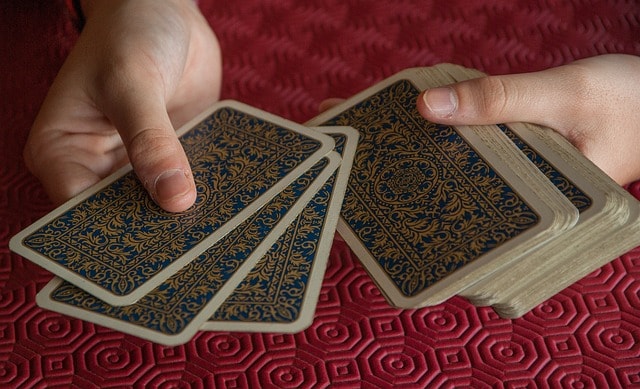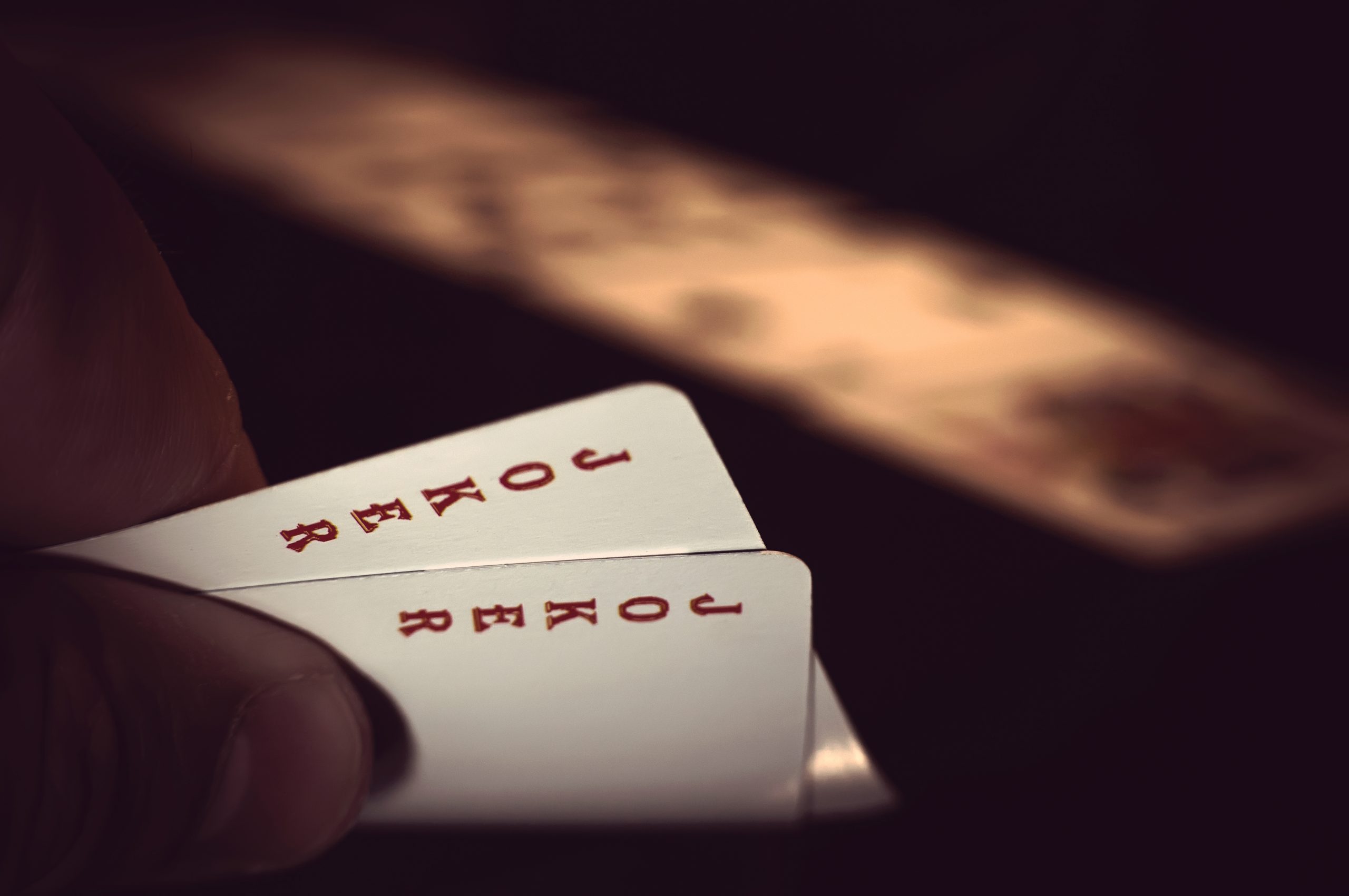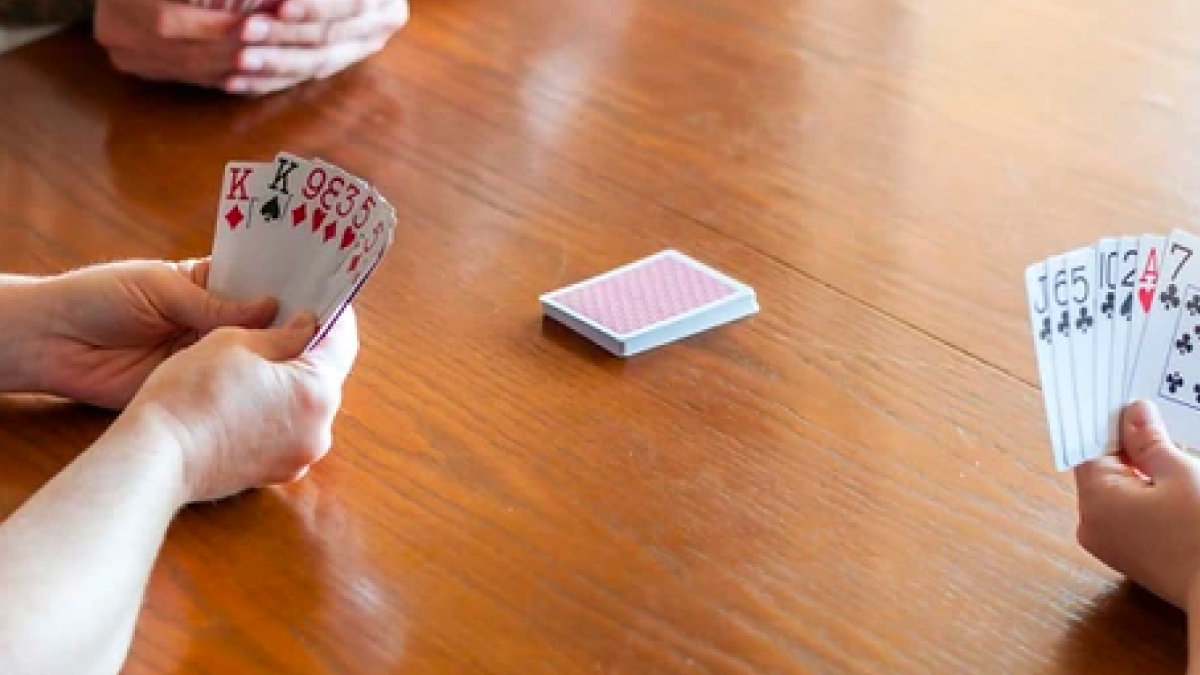Table of Contents
ToggleFreeCell Solitaire is a popular and engaging card game that challenges your thinking and problem-solving skills.
Unlike other Solitaire games, FreeCell is unique because almost every deal can be solved. And this makes it a favorite for players who enjoy a good mental challenge.
The game uses a standard deck of 52 cards, and your goal is to move all the cards to the foundation piles by carefully planning your moves.
Ahead, we tell you how to play free cell solitaire game effortlessly. Read on!
What is Free Cell Solitaire?
Since 1995, FreeCell has gained massive popularity after it came packaged with all versions of Microsoft Windows. In fact, it is safe to say that it is one of the most popular solitaire games. The term “FreeCell” attributes itself to the four empty spots above the tableau, used for temporarily storing cards. The rules only allow the movement of one card at a time, but you can use the Freecells to move larger sequences of packed cards between the tableaus. Essentially speaking, the more empty FreeCells you possess, the larger the sequence that you can move.
The classic card game implies an “open” solitaire, meaning every card is dealt face-up at the beginning of the game. This lets you inspect the results of moves even before you make them. As this is the case, one can win almost every single game of FreeCell with a proper strategy, explaining its widespread popularity.
As mentioned above, the most popular version of the game remains its Microsoft version. Still, several other websites and gaming platforms have adapted it to make it more exciting and fun to play, among other games in this genre.
How to Play FreeCell Solitaire?
Let’s take a look at how to play FreeCell Solitaire games effortlessly.
The Objective of the Game
Invented by Paul Alfille, FreeCell Solitaire proves to be a very addictive solitaire card game. It combines both the elements of skill and fun. By employing the right moves, you can win every FreeCell Solitaire game. Due to this reason, the game’s popularity continues to rise compared with other solitaire variations such as Klondike, where chance is also a pretty big factor in coursing towards a win. However, with FreeCell, winning depends almost entirely on your skills.
The player’s objective in the game is to build up the four HomeCells in an ascending suit sequence from Ace through King – for example, A, 2, 3, 4, 5, 6, 7, 8, 9, 10, J, Q, and K with cards of the same suit.
Setting up the Game
Solitaire free cell uses a standard deck of fifty-two (52) cards. Once you shuffle the deck, begin placing the cards in eight separate piles. All cards need to be face-up – four piles will have seven cards while the rest will have six.
A player deals with five rows of eight cards, each on the top of the first. The layout should then be eight rows, each having six cards. As long as a player can see which cards lie underneath the top card, they’ll continue to overlap. This is primarily where the difference between Klondike Solitaire and Freecell Solitaire kicks in. In addition to that, players can choose a temporary storage space for holding four cards. You need to figure out how to come up with four stacks of ascending cards in the order of Ace to King to create the foundation piles.
When you play, try to use the four Aces suits and move them into a foundation pile as quickly as possible. Develop descending cards in lines in every column, alternating between red and black. For example, if you possess a black ten of spades, place a red nine of hearts onto it. By putting cards into the free cells, you can rearrange the ones in the columns to access the Aces. When you create foundation piles, try to make an even spread and have cards in them as early as possible. Each time you place a card into the free cells, the number of cards goes down.
Gameplay
Luckily, the moves you can make aren’t limited in number. However, it is advisable to make fewer turns than move around too often. There are several Freecell deals you should know about – firstly, the Random deal where cards can be reshuffled at random, subsequently, the Numbered deal where players pick a number to compete with each other, and the Winning deal that offers at least one winning solution.
Players can execute three legal moves on Freecell. You can move an Ace belonging to any suit to a home cell, one free card to another, or any free card to a free cell as long as it’s the opposite color. The first and foremost thing to do is transfer any free Aces and clear out those columns using lesser free cells. When you move one card, if you already possess a sequence with alternating colors, move them all at once using enough free cells. Remember that you can move only one card at a time to a free cell or from varying stacks. Hence it is impossible to move three or more cards at a time. However, you can also move a group of cards if they’re in an appropriate sequence and there are enough empty tableau piles.
Free Cell Solitaire Rules
The free cell solitaire rules primarily hark back to the objective of the game, which is to place every card face up on foundation piles, each having an ascending sequence. Only an empty foundation can accept Aces. You can only build upon the foundation when the Ace (of that particular suit) is in place. The movable cards in play are the ones atop a tableau column or a single one placed in a free cell. You can also move cards to the foundation from the tableau or a free cell or move any card to an empty tableau column. The game also allows you to add one card to a non-empty column in the tableau as long as it possesses a lower value than the one you’re placing it over and features an alternate color. For instance, you can place a 6 of hearts or diamonds atop a 7 of spades for the black suit.
Free Cell Solitaire Tips & Strategy
You stand a better chance of winning in Free Cell Solitaire game if you carefully execute your strategy. We have provided some simple tips below that’ll help you win at FreeCell more consistently:
-
Scrutinize the tableau before you make any moves. It is highly essential to plan many moves ahead. Making apparent moves isn’t always the best option.
-
Make it the most significant priority to free up any Aces and Deuces, especially when they’re buried deeply under the higher cards. Transfer them to the home cells as quickly as you can.
-
As much as possible, keep free cells empty. Keep taking second looks at the piles. Once every free cell is occupied, you will have zero space to operate. Your ability to maneuver is key to winning the game. Ensure that you exhaust all other alternatives before you place any cards in the free cells.
-
Create an empty column early on. Empty columns are even more significant than free cells. Instead of a single card, you can use each empty column to store an entire sequence. It doubles the length of a card sequence to move between tableaus. If the move concerning the long sequence involves both free cells and empty tableaus, it gets the name “supermove.”
-
Whenever possible, fill an empty column with a long descending that starts with a King.
-
Avoid moving cards to the home cells in a hurry. For all you know, you might need these cards at a later point to maneuver lower cards in other suits.
FAQs
How does the Solitaire Freecell game work?
In FreeCell solitaire, all 52 cards are dealt face-up into eight columns. Your goal is to move all the cards to the four foundation piles, starting with Aces and building up by suit. You can move cards within the columns, and you have four “free cells” to temporarily store cards.
How do you play classic Freecell?
To play Classic Solitaire FreeCell, start by moving Aces to the foundation piles as they appear. Then, build sequences in the tableau columns, alternating colors and moving cards around to uncover hidden ones. Use the free cells to hold cards temporarily and aim to move all cards to the foundations by suit.
What is the object of the Freecell game?
The object of FreeCell is to move all 52 cards to the four foundation piles, starting with Aces and building up by suit from Ace to King. The game requires careful planning and strategic moves as you work to free up cards and build the foundation piles efficiently.










